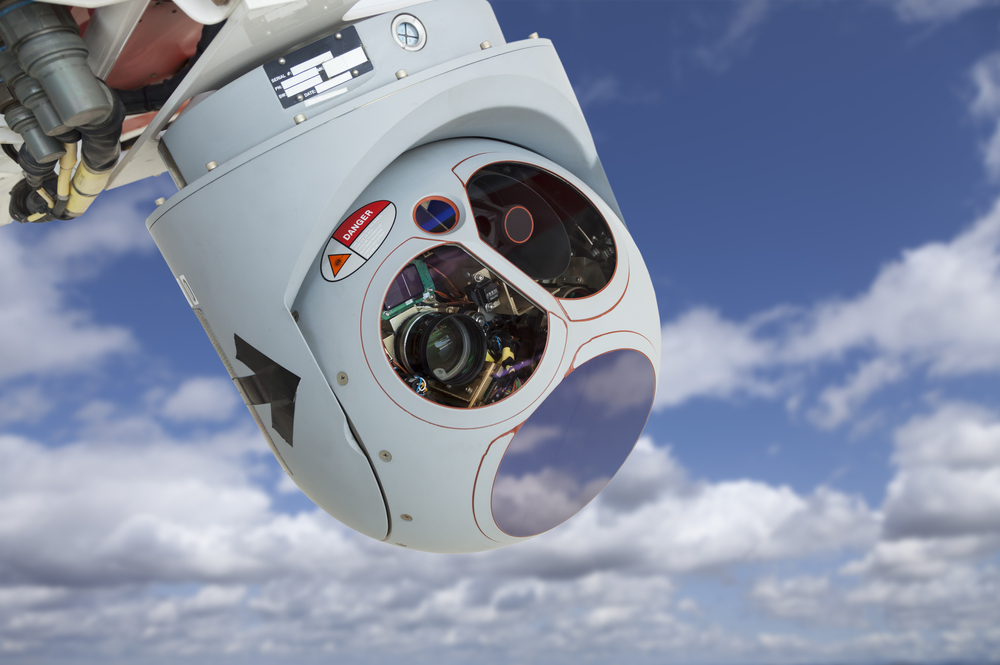
For the first time, the Department of Homeland Security’s (DHS) Science and Technology Directorate (S&T) was able to test drones for land and maritime usefulness to federal agencies, conducting tests at two sites in Mississippi back in January.
To do so, they worked with the United States Coast Guard and the Army National Guard. The Coast Guard-partnered effort took place on Singing River Island, with representatives from the Secret Service, Coast Guard, Customs and Border Protection (CBP), Immigration and Customs Enforcement (ICE), and the Federal Aviation Administration (FAA) in attendance. The company AeroVironment worked with them to design drones for maritime-specific operations, demonstrating payload products and prototypes for generated mission scenarios like search and rescue, oil spills and armed danger identification.
“We need to investigate what kind of payloads can be integrated on these drones, not just for Coast Guard’s mission scenarios, but for DHS as well,” Stephen Dunn, a research scientist who evaluates drones for the Coast Guard’s Research and Development Center, said. “For maritime applications, it would be best if drones can land safely on water. We want to be able to throw them in the air, land them on the water, pick them up, change the battery, and throw them again.”
Along the way, S&T concluded that payloads need to be evaluated in a greater variety of geographical locations. To that end, the Coast Guard plans to complete five more tests in Alaska, California, Florida, Missouri and the Gulf of Mexico.
For the land test, S&T was accompanied by CBP, the Coast Guard, Secret Service, FEMA and ICE agents to Camp Shelby. There, they witnessed a drone transport a medical package, but starting in June, they also hope to evaluate such robots’ capabilities for helping people in remote areas and their usefulness in ICE and Border Patrol operations, as well as their ability to be equipable with jamming resistant GPS.
“We can provide all our components, like ICE, Coast Guard, and CBP, a system they can use for protecting their drones from bad guys trying to either take over their aircraft, spoof or jam them,” Tim Bennett, S&T Program Manager for air-based technologies for land and maritime border security, said. “And at the same time locate the bad guys with the drones.”
All of this is in preparation for national airspace being opened to commercial drone traffic in the next few years.




